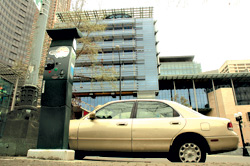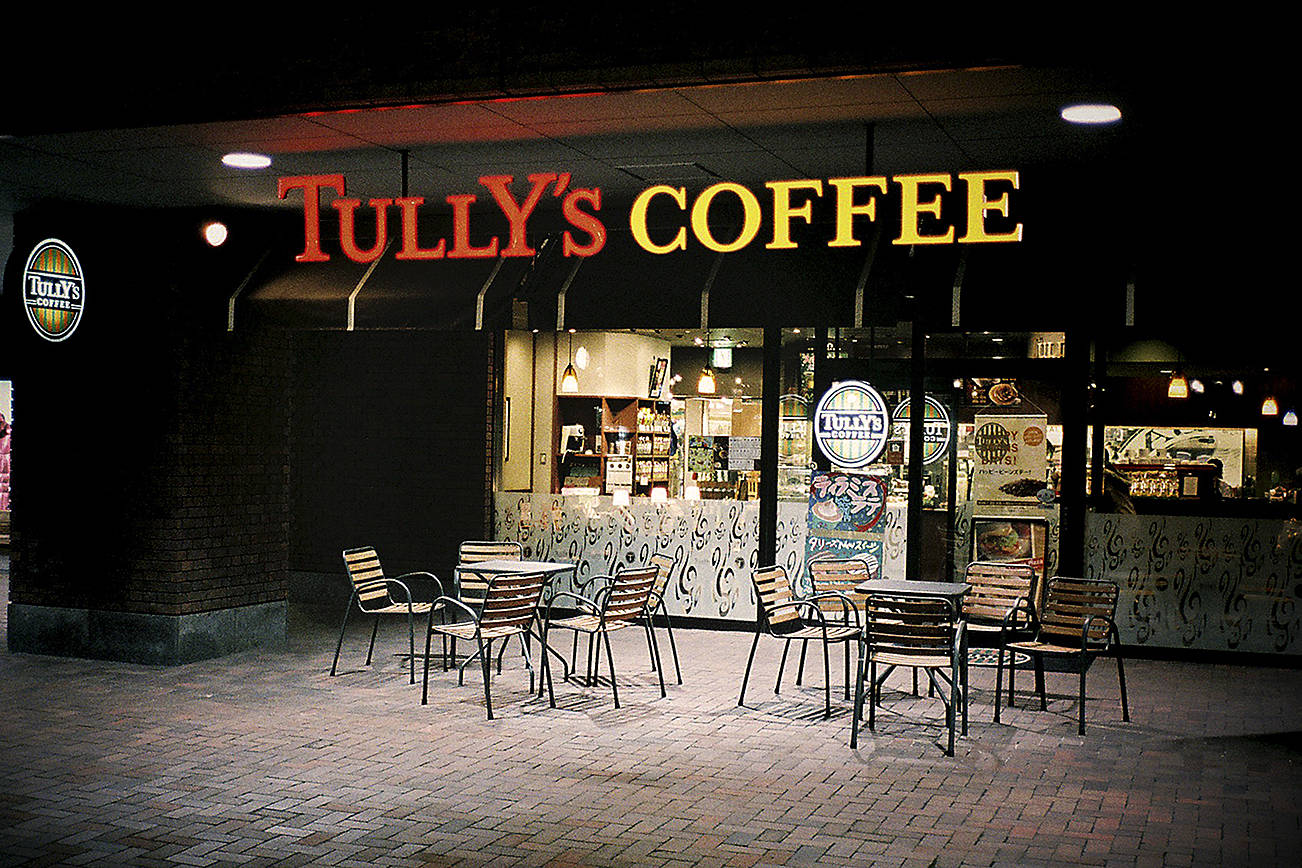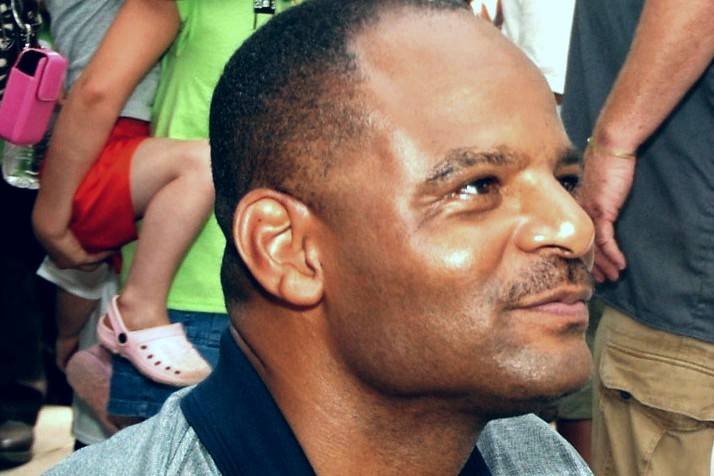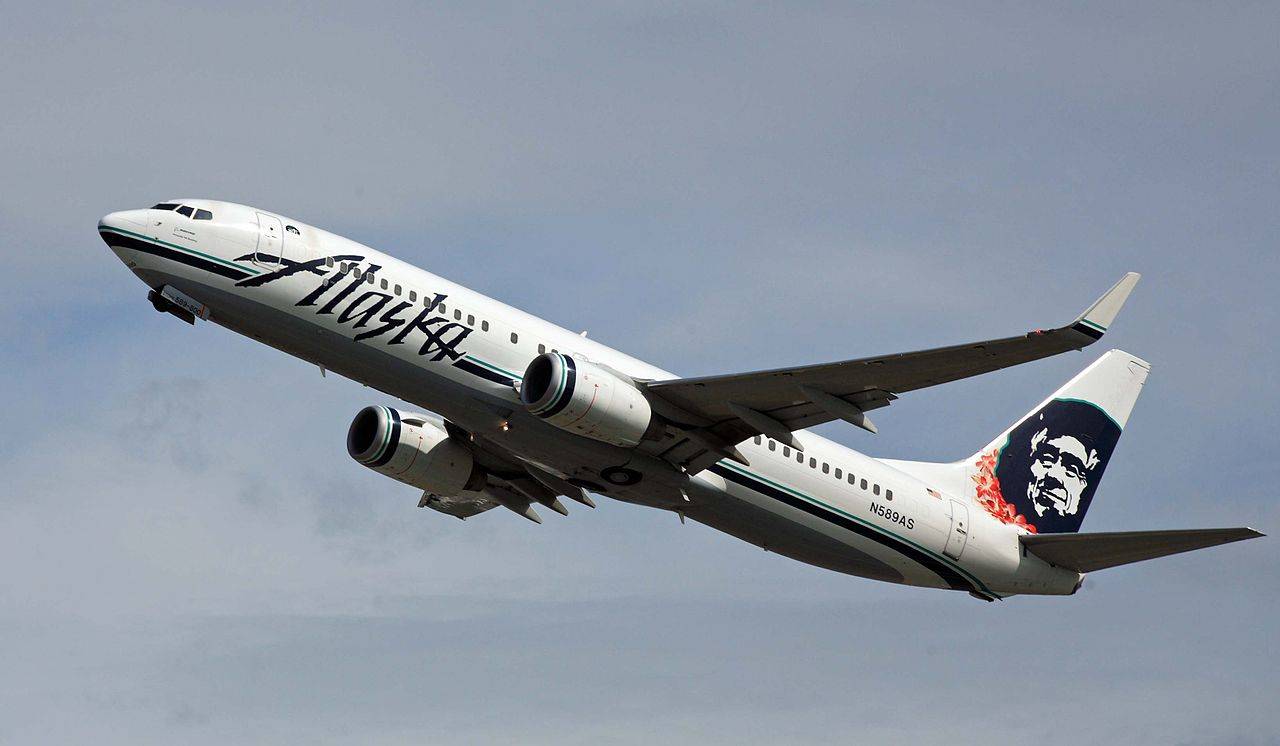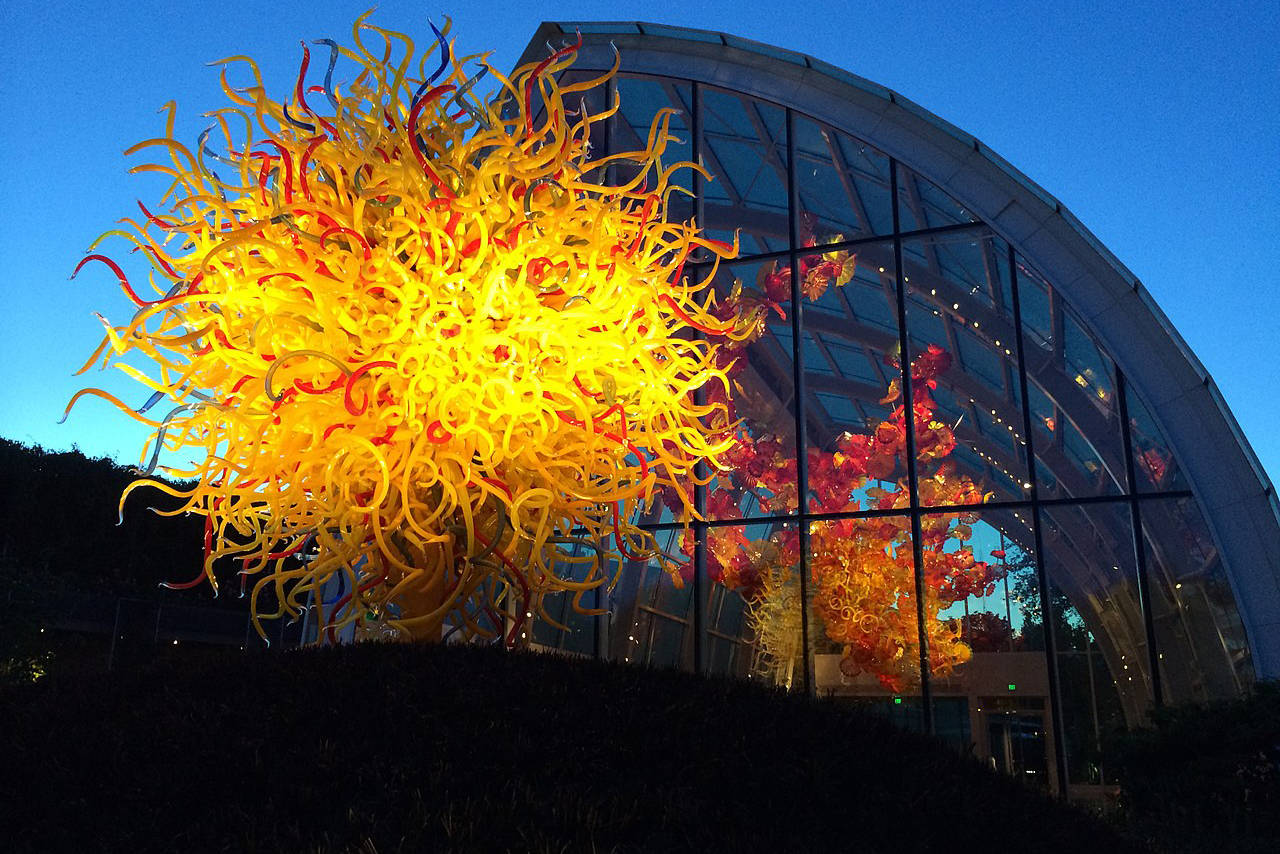The program to replace parking meters on city streets with a pay- station system is a financial success no one at City Hall wants to brag about. New figures show the ubiquitous curbside kiosks, which issue time-stamped parking stickers that can be affixed to a car window, are already earning about $3 more a day per parking space—at $6.50, they’re bringing in almost twice as much as the clunky coin meters they replaced. The wireless, solar-powered kiosks will collect $16 million in coin and credit- or debit-card revenue this year, officials say. That’s an impressive $6 million jump since 2003, when the system was launched and parking meters collected $9.9 million.
Being a government program, there’s a catch, of course, which might be why politicos and bureaucrats don’t seem to be talking up the big score. A great deal of the added revenue is coming from hundreds of pay stations that have been or will be installed at once-free downtown and neighborhood parking spaces. The target is the citywide conversion of 2,000 free or time-limited parking spaces (30-minute and two-hour spots, for example) to paid kiosk spaces.
With free parking going the way of the free lunch, another sly parking revenue–maker is lurking: a rollback of after-hours free parking. City Hall is mulling plans to extend paid-parking hours to nights and weekends in some areas.
City Council member Richard Conlin says the nights-and-weekends plan, first proposed in 2002, was initially nixed, “but now there is another look at it.” Tracy Krawczyk, parking policy and planning manager for the Seattle Department of Transportation, says only that SDOT is not “currently” pursuing later hours for paid parking. But the mayor’s office is expected to back the move after full installation of all pay stations this year, and council staffer Bill Alves, who has tracked the proposal since 2002, confirms that the council has asked SDOT “to look at extended hours.”
The request was spurred in part by the belief that changing hourly parking operations will be much easier now, thanks to the new pay-station technology. A 2004 council planning paper shows the expanded-hours idea was initially set aside because of resistance from some neighborhoods and due to the complicated and costly one-by-one reprogramming of meters, which made extension of paid hours “virtually impossible.”
But the high-tech kiosk network, controlled from a central computer, can be readily reprogrammed to accommodate varying hours at select stations. There’s a “recognition that widespread deployment of the pay stations makes implementing different hours in some parts of the city easier,” says the council’s Alves, “but also that in some parts of the city, after-hours public parking was in short supply and could use some regulation”—in busy nightlife neighborhoods such as Belltown, for example.
That and other aspects of the pay- station program enable further expansion. The city originally planned to install 1,600 kiosks, 27 more than will actually be installed, until it was hit with budget problems. But with the kiosks proving to be so cost-effective, the city could buy more. Some City Hallers think parking revenue has a $20 million potential within a few years, double that of 2003. While some merchants and residents might favor more controlled parking, and the city can rightly argue its purpose is regulation, not revenue, the hourly parker, perhaps unknowingly, has been and will be paying added freight.
By year’s end, with installation of the final 523 parking stations, there will be 1,573 pay kiosks covering more than 11,000 parking spaces (one pay box generally serves six spaces), says SDOT’s Krawczyk. The capital cost, including removing most of the city’s 9,000 meters and installing pay stations near formerly free spaces, is $10.3 million. The city has incurred a 5 percent cost overrun, it says—plus an additional $83,000 to “upgrade” the electronic messages displayed at pay stations and another $25,000 to redesign the kiosk instruction graphics after some consumers complained they couldn’t understand them.
Though there are credit-card glitches, occasional electronic failures, and a whole lot of sticky little white receipts blowing around Seattle streets these days, the system seems to work smoothly once a parker masters the typical payment routine: insert card, select minimum $1.50 an hour to maximum $3 for two hours’ time, hit print button, take back card quickly, and affix ejected sticker to inside curb-side window. (Don’t forget to lock up. A sticker is easy pickings.) An overtime or improperly displayed sticker—one a parking enforcement officer (PEO) can’t see or read, for example—can bring a $35 fine. That happens as well to drivers who don’t see the green kiosks and walk away thinking the meterless street is a freebie.
The $6 million jump in revenue in three years is the result, says Krawczyk, of increased “payment compliance” through use of credit and debit cards; having the option to punch the most expensive maximum time button to ensure against getting an overtime parking ticket; and the fact that someone else’s paid-for spot can’t later be used by another if time is left on the meter. Says Krawczyk: “No piggybacking.” On the other hand, you can use your sticker to park elsewhere if the time hasn’t expired.
Additionally, city parking rates were raised from $1 an hour to $1.50 at the start of 2004. Some 60-cents-an-hour neighborhood meters were upped to $1, but they’ll go to $1.50 when replaced by pay stations. The kiosks, which accept coins but not bills, are configured to cost a parker a minimum of $1.50, even for a few minutes, if the consumer uses a credit or debit card. According to an SDOT budget report, these and other factors have combined to bring in an average $6.50 per parking space per day with kiosks, compared to $3.50 per day for meters.
Hundreds of free spaces—many of them in two-hour zones—have already been converted to pay-station coverage, with more to come downtown and in neighborhoods. SDOT documents show that the final 523 pay stations to be installed this year will cover 1,776 metered spaces and 1,760 now-free spaces throughout the city. Almost 1,600 of the latter will be in the South Lake Union and Westlake Avenue North area. About 200 free spaces are being converted to kiosks in the Pike-Pine neighborhood, 218 were added to the University District, and 80 at the Ballard Locks. Others have been or will be converted in Fremont, Lower Queen Anne, Green Lake, Ballard, First Hill, Roosevelt, and the Chinatown/International District. Ultimately, total free-space conversion is “conservatively” projected to top 2,000, although the city has identified 2,700 convertible spaces.
An SDOT document notes another benefit to the city besides new revenue from once-free spaces: “Paid parking is much easier to enforce than [free] time-limit parking, as the PEOs can cite on a single pass, rather than having to chalk a vehicle and . . . return in two hours.” Especially at night and on weekends.
